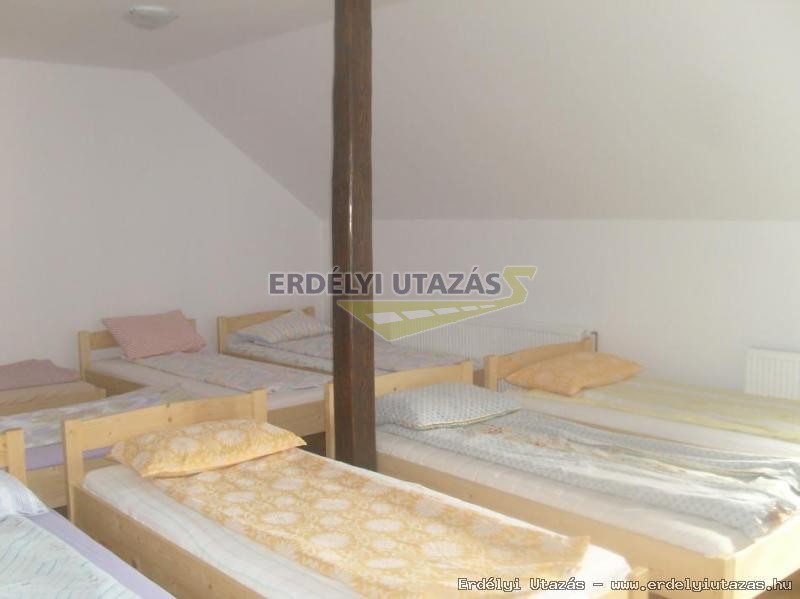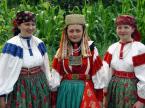











House of Friendship - Macău adatai:
407013 Macău
173
28-38 RON / person with breakfast
38-48 RON / person with half board
51-61 RON / person with full board
Information
“Kalotaszeg” is one of the regions of Transylvania
inhabited mainly by Hungarians and includes about forty villages and
towns. The main attraction of the region unified by geography,
history and language (specifically its Hungarian dialect) is the
visual aspects of its ethnography both for scholarly and tourist
visitors. It is the colourful costumes of its people as well as the
picturesque nature of its folk-architecture that aroused the interest
of the researchers at the end of the 19th century and led
to the exploration of the region.
Geographically, the 45 km long and 30 km wide area lies west
from Cluj / Kolozsvár (the capital of Transylvania) among mountains
and hills. The region is the site of the earliest Hungarian
settlements in Transylvania after the Conquest (896 AD). Due to wars
and devastating raids by Mongol, then in the following centuries also
Turkish and Tatar hordes, a number of villages and towns inhabited by
Hungarians were destroyed and later some of the settlements became
inhabited by Romanians.
The name
of this area is “Nádas mente”, „the showing of
country” as it is called by the neighbouring population for its
richly decorated costumes.
Our village Mákófalva (Hungarian name) – Macău (Romanian name) is
situated in this part of this impressive area. The inhabitants are
99% Hungarians (630) with absolute majority members of the
Transylvanian Reformed Church (581).
The village is famous about its decorative folk-costumes and
furniture painting. Most people are farmers, trying to work their
land and get back what they have invested in it. Having animals (cow,
sheep, goat, and horse) is becoming less worth too. Since there has
not been enough arable land, some of the men turned to the handicraft
trade or went to work in factories in towns nearby or entered in the
service of the railway company. Women have also been busy in
handicraft; the Kalotaszeg peasant embroidery is famous abroad too.
Most young people are studying in the town and after finishing their
studies they all try to get settled there and find a good
job.
Our church was built between
1861-1866; in the building we have an old organ from 1906. The new
community house named “Barátság Háza” was
built between 2000-2002. In year 2008 we added 5 guest rooms and a
special room as a traditional folk museum.
This modern building has central heating, 5
sleeping rooms, a big and a small hall, a kitchen, two toilets with
showers and it is used winter for church services, and during all
year for all kind of activities and programs. We offer nice sleeping
places for 28-30 persons and possibility for self cooking or eating
for cost.
VISIT
US!
You are
WELCOME!
House of Friendship - Macău parameters
Spoken languages: Hungarian, UK, Romanian
Local services and opportunities: toilette / WC, shower / bath-tub, self-supplying, breakfast, half board, full supply, kitchen, stove, refrigerator, dinning room, car park, closed car park, bus park, garden, yard stove, camping, living, grilling, programm organisation, library, table tennis, table tennis, home dairy, playground, toy, playground
Region services and opportunities: grocery, restaurant, cake shop, fast food restaurant, coffee-house, car park, bus park, tennis, skiing, horse riding, fishing, boating, sport equipments-to-rent, touring, camping, forest/park, beach, swimming-pool, shore, solarium, museum, castle, monument, theater, cinema, services for children, post office, money exchange, gas station, car rent, haircut, beauty service, disco, market, beasts, pharmacy, sanitary service

 English
English




